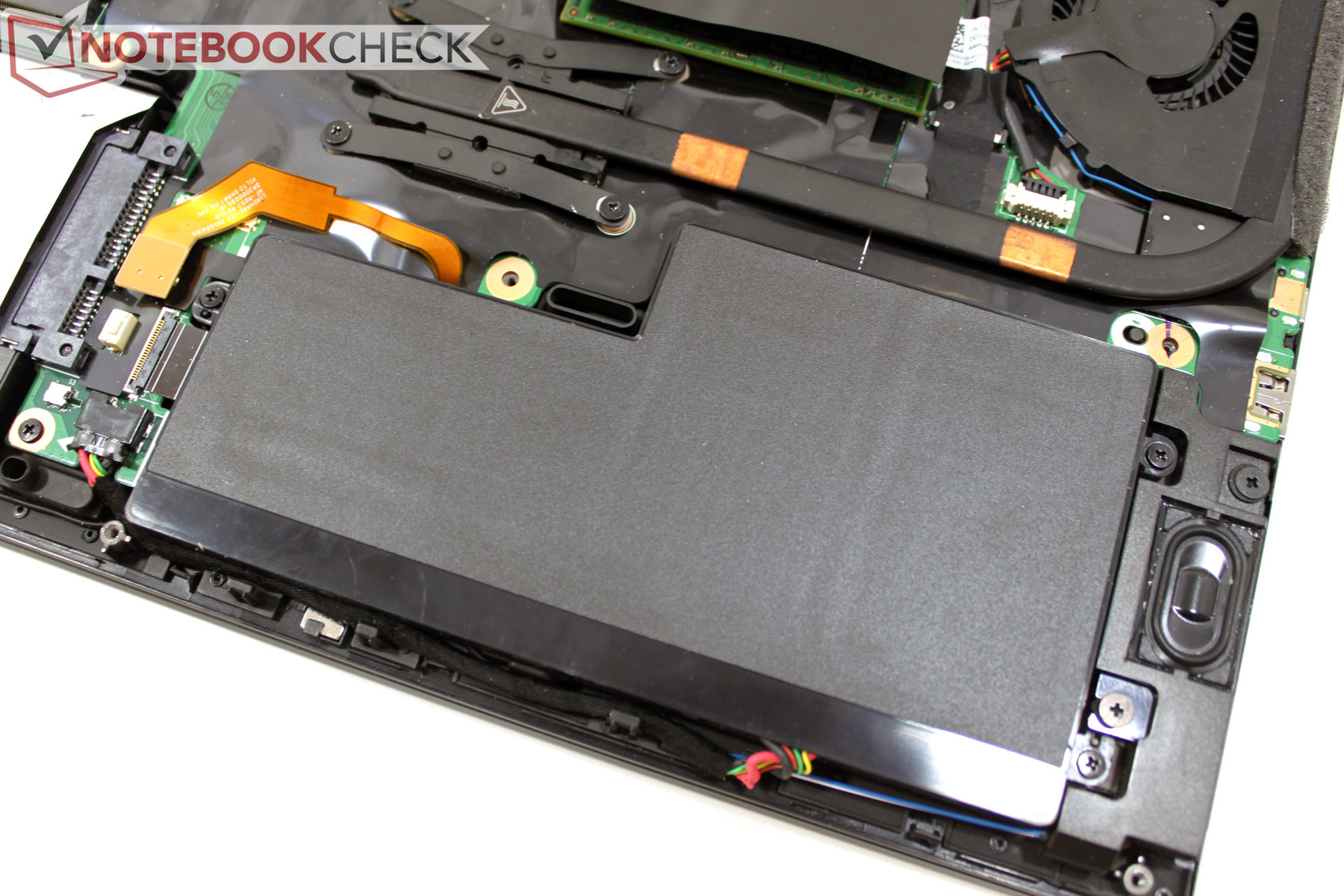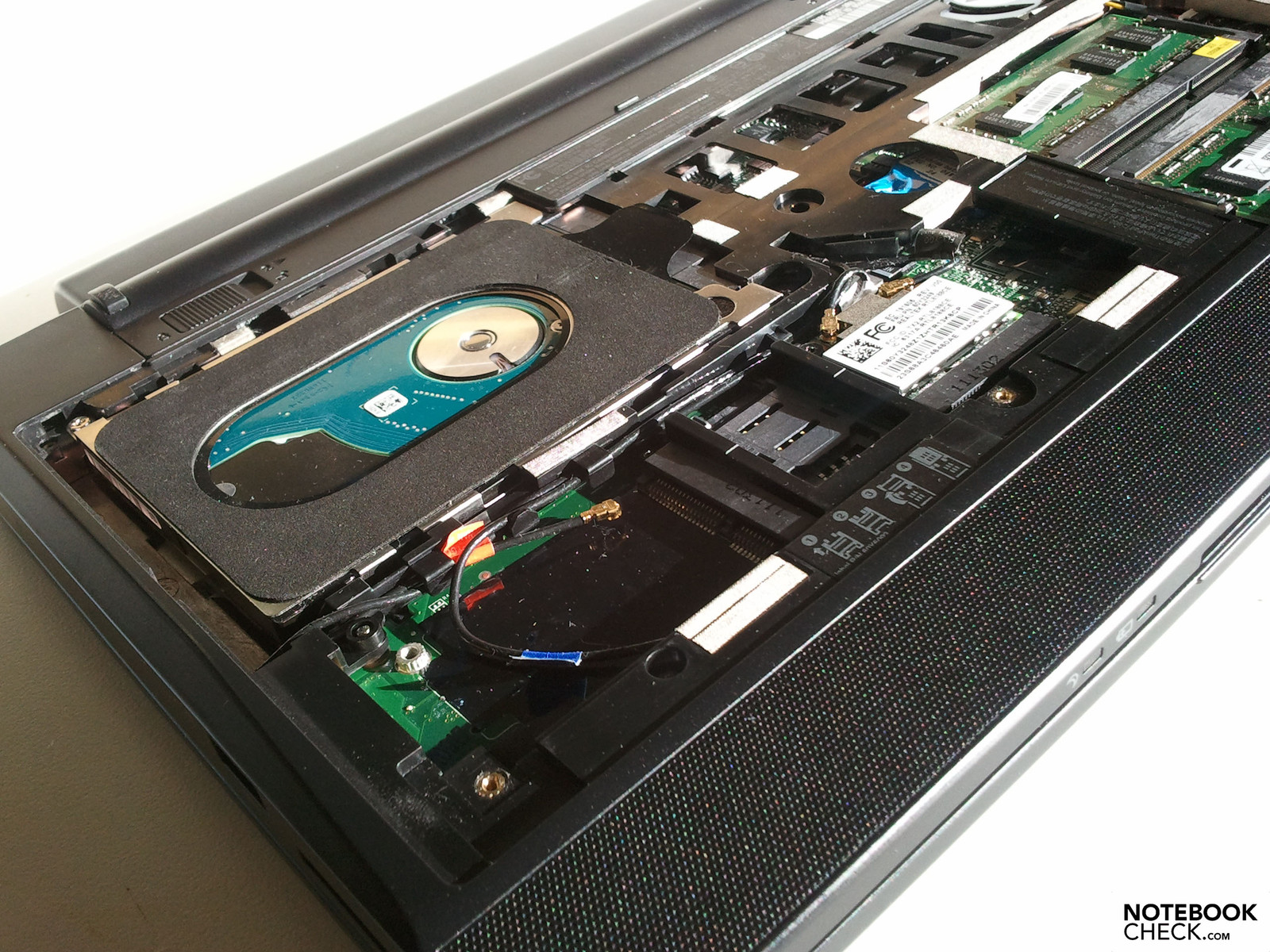Wlan In Wwan Slot
Posted By admin On 11/04/22- Hi, WWAN is the mobile wireless network. WLAN is the WiFi network. I don't think that you can place a mSata drive into either the WLAN or WWAN slots, as they are both mPCIe slots, not mSata slots, even though they look the same.
- Wireless wide area network (WWAN), is a form of wireless network.The larger size of a wide area network compared to a local area network requires differences in technology. Wireless networks of different sizes deliver data in the form of telephone calls, web pages, and streaming video.
- There are actually three slots for mini cards on the M6400, WWAN, WPAN, & WLAN. Sprint/Verizon card goes in the WWAN slot. You can put a Turbo Memory Readyboost card in the WPAN slot.
- Facibom PCI-E to M.2(NGFF) Key A/E with SIM Card Slot for WiFi/WWAN/LTE Module. Naliovker 4G Module LT4211 T77H468 GOBI5000 LTE/EV-DO/HSPA+WWAN Card SPS:793116-001 for LT4211 Elitebook 740 750 820 840 850 G2/810 G3. Related searches.
Sep 05, 2016 It did fit my WWAN slot (the bottom one in the first post, which is M.2 key B, if you are to be believed ). Not surprisingly, neither Linux nor Windows 7 detected the drive. Windows did detect that something was inserted into PCIE hub, so it installed standard drivers for the hub.
A Wireless Wide Area Network or WWAN is a way to connect to the Internet without wires, achieved using cellular tower technology. Cellular service companies offer this type of connection for a monthly fee, or alternately on a pay-as-you-need-it basis. The connectivity allows a user with a laptop and a special card to surf the Internet, check email, or connect to a Virtual Private Network (VPN) from anywhere within the regional boundaries of cellular service.

As people become more dependent on online technology to conduct business and keep information flowing, wireless connectivity has become a virtual necessity. Many hotels and communities offer local connectivity, but coverage is often spotty or nonexistent. WWAN can all but guarantee connectivity when the user needs it.
To take advantage of this technology, a user must first purchase a WWAN PC card for his or her laptop unless the connectivity is built-in. By purchasing the card and paying a monthly fee, the user only needs to slip the card into the PC-card slot (sometimes known as the PCMCIA slot) to access the service. Plans vary among providers but most are rated according to data download caps.
In some cases, a person may not require 24/7 access to the service, but would like to use it occasionally when free local networks are not available. Some providers have plans that allow users to pay by the day for connectivity. By using the WWAN card, the person commits to a small charge, securing a 24-hour pass. At the end of the 24-hour period, the user can no longer connect, unless he or she purchases another pass.
As an alternate to a WWAN card, it is possible to connect some cell phones directly to a laptop using a Universal Serial Bus (USB) cable. The cell phone acts as a modem to patch the laptop into the Internet. This is only possible with certain phone models and plans, and the data transfer speed will be slower than connecting with a WWAN card. Before using this method, users should check with their cell phone provider to see what charges might apply, if any.
While there are certainly less expensive ways to get wireless connectivity in many cases, few cover the territory offered by WWAN for those visiting, living, or working in remote or “nonwired” areas. The service is commonly available in regions where services like Digital Subscriber Line (DSL) and cable might not be. It can also be an international solution for global travelers, offering one more option for staying connected.
Wireless Wide Area Network Wwan
Wireless wide area network (WWAN), is a form of wireless network. The larger size of a wide area network compared to a local area network requires differences in technology.Wireless networks of different sizes deliver data in the form of telephone calls, web pages, and streaming video.

A WWAN often differs from wireless local area network (WLAN) by using mobile telecommunicationcellular network technologies such as 2G, 3G, 4GLTE, and 5G to transfer data. It is sometimes referred as Mobile Broadband. These technologies are offered regionally, nationwide, or even globally and are provided by a wireless service provider. WWAN connectivity allows a user with a laptop and a WWAN card to surf the web, check email, or connect to a virtual private network (VPN) from anywhere within the regional boundaries of cellular service. Various computers can have integrated WWAN capabilities.
A WWAN may also be a closed network that covers a large geographic area. For example, a mesh network or MANET with nodes on buildings, towers, trucks, and planes could also be considered a WWAN.
A WWAN may also be a low-power, low-bit-rate wireless WAN, (LPWAN), intended to carry small packets of information between things, often in the form of battery operated sensors.
Since radio communications systems do not provide a physically secure connection path, WWANs typically incorporate encryption and authentication methods to make them more secure. Some of the early GSM encryption techniques were flawed, and security experts have issued warnings that cellular communication, including WWAN, is no longer secure.[1] UMTS (3G) encryption was developed later and has yet to be broken.[citation needed]
Wlan In Wwan Slot App

Wlan In Wwan Slot Adapter
See also[edit]
References[edit]
- ^'Digital Cell Phone Crypto Cracked'. Wired. March 20, 1997. Retrieved August 29, 2011.